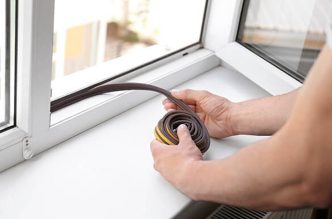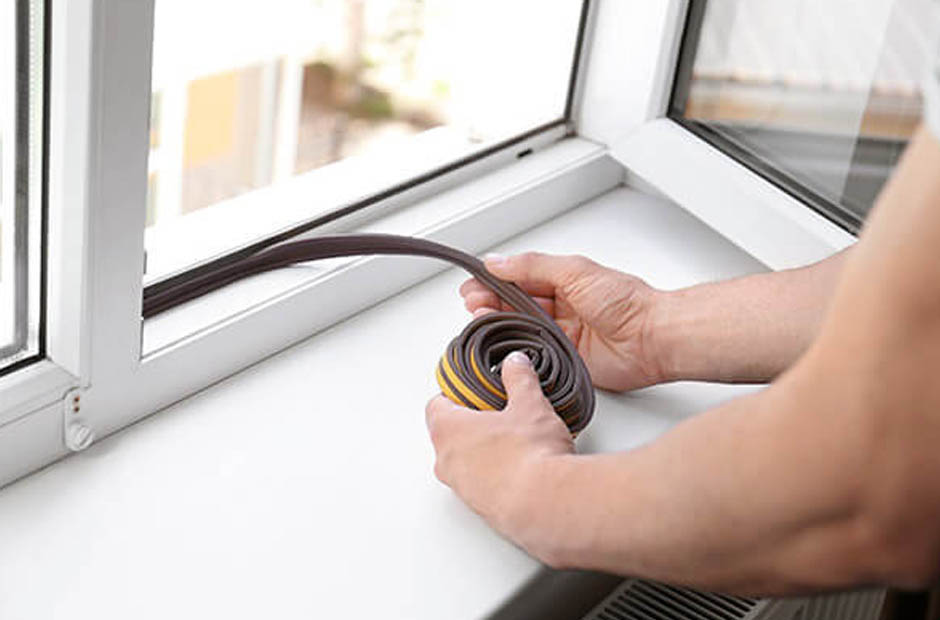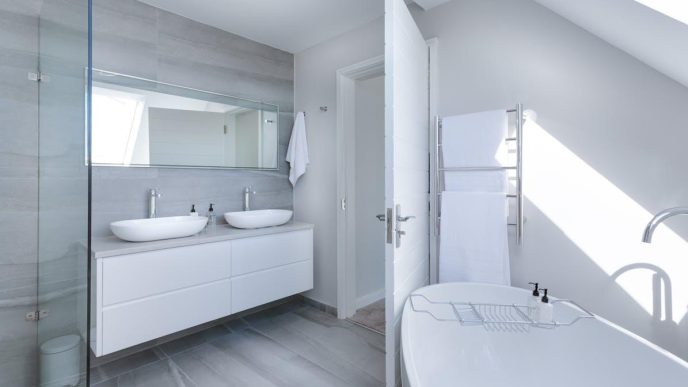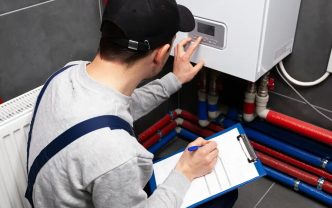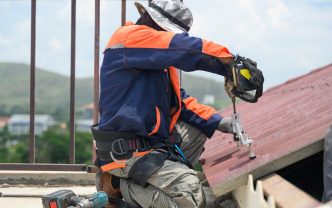Spring and rain arrive with the scent of damp earth. This season brings the promise of blooming flowers, but it can cause a few hassles. Homeowners may discover a few drops of water trickling down a window frame. First, they might seem like a minor problem. So, you attempt simple do-it-yourself solutions first.
However, this tiny flaw may indicate a far greater, concealed problem within a property’s structure. Persistent leakage necessitates a more thorough investigation to avoid costly harm. This is where homeowners should call professionals who know how to fix leaking windows during heavy rain. Read more to learn when the right time is to call an expert.
Causes Behind Persistent Window Leaks
Window leaks rarely occur without a specific cause.
- Aging Seals: Window seals become less flexible with time and are unable to keep water out.
- Frame damage: This includes warping, rotting, and cracks that let water leak inside.
- Inadequate Installation: A Frame with improper installation can become misaligned and have gaps.
- Gaps Around Glass: Moisture can enter through the tiny crevices that exist between glass panes and frames.
- Environmental Factors: Leak hazards are increased by strong winds, heavy rain, and protracted storms.
- Deteriorated Caulking: Water can seep through walls if caulking around windows is outdated or absent.
- Structural Shifts: Frames may become misaligned, resulting in leaks, due to shifting walls or foundations.
Identify Warning Signs
There are some signs that point to the urgent need for expert help. In many situations, the earliest signs of water damage are visible stains on window sills or frames. A buildup of condensation within double-pane frames may be a sign of a failed seal.
Drafts close to them may indicate openings that reduce energy efficiency. Warped flooring or musty smells are not always the first signs of water-related issues. Early detection of these symptoms reduces property damage and enables prompt intervention.
Window condition can be assessed with the help of a checklist:
- When it rains, water collects along the sill or corners.
- Continuous drafts or varying interior temperatures
- Soft or warped timber frames
- The edges have mildew or mold on them.
- Weatherstripping or caulking cracks
- Difficulty in opening and closing frames smoothly
Assess the Risks
Leaks that go unchecked pose health and structural risks. Moist conditions are ideal for the growth of mold, which could have an impact on indoor air quality. Water absorption causes wooden window sills or frames to deteriorate over time. Hiring experts lowers long-term hazards and stops repair expenses from rising.
In addition to immediate structural damage, financial losses can occur. Electronics frames, furniture, and flooring can all be ruined by water intrusion. If there is clear maintenance negligence, home insurance claims could get tricky. Experts evaluate the level of risk and suggest suitable fixes.
Temporary Steps Prior to Expert Assistance
Leaks may be controlled using temporary solutions until expert assistance arrives. Caulking, plastic sheeting, or waterproof tape can lessen instant water entry. Rainwater can be diverted away from the window by using sandbags or barriers outside. Photographs and other documentation of leaks help specialists with assessment.
These precautions do not replace a comprehensive inspection. During severe storms, improvised sealing may wear away. You can schedule expert evaluations during temporary interventions. They also lessen the likelihood of water damage to personal property, flooring, and furniture.
Expert Evaluation and Repair
Experts deal with window leaks in a systematic way. Visual inspection, moisture detection, and structural assessment are all part of the initial review. Repair methods range from resealing joints to replacing the entire window, depending on how severe the damage is. To guarantee a complete solution, experts also inspect the siding, flashing, and nearby walls.
Advanced sealants, frame modifications, or new installation techniques are a few examples of repair options. Even during intense rainstorms, skilled specialists make sure that water cannot pass through. A proper evaluation maintains the windows’ appearance and usefulness. Solutions are designed to address particular environmental factors and damage patterns.
Cost Factors
The type of window, severity of damage, and labor complexity all affect how much professional repairs should cost. Patching or minor resealing may be inexpensive, but complete replacement is considerably more expensive. The costs of mold removal and structural reinforcement are not something that every homeowner expects.
Over time, investing in high-quality repairs helps to avoid recurrent costs. Experts frequently offer cost estimates and rank fixes in order of importance. Making educated decisions without sacrificing safety is ensured by being aware of the financial ramifications.
Preventive Advice
Early diagnosis and routine maintenance are key to preventing leaks. Severe water penetration is less likely when window seals are inspected prior to rainy seasons. Debris removal from frames and tracks guarantees proper sealing and seamless operation.
Periodically applying sealants or protective coatings improves resistance to moisture. Regular inspections are advised by experts, particularly for older homes or windows that are subjected to inclement weather. Preventive measures efficiently extend window lifespan, reduce maintenance costs, and protect interiors.
Leaky windows have a significant impact on comfort, safety, and structural integrity. Calling professionals who know how to fix leaking windows during heavy rain gives immediate protection and gives peace of mind. In the end, prompt intervention protects property value and stops needless moisture-induced degradation. Little leaks can be prevented from becoming expensive, long-term damage with routine inspections and expert assistance.

